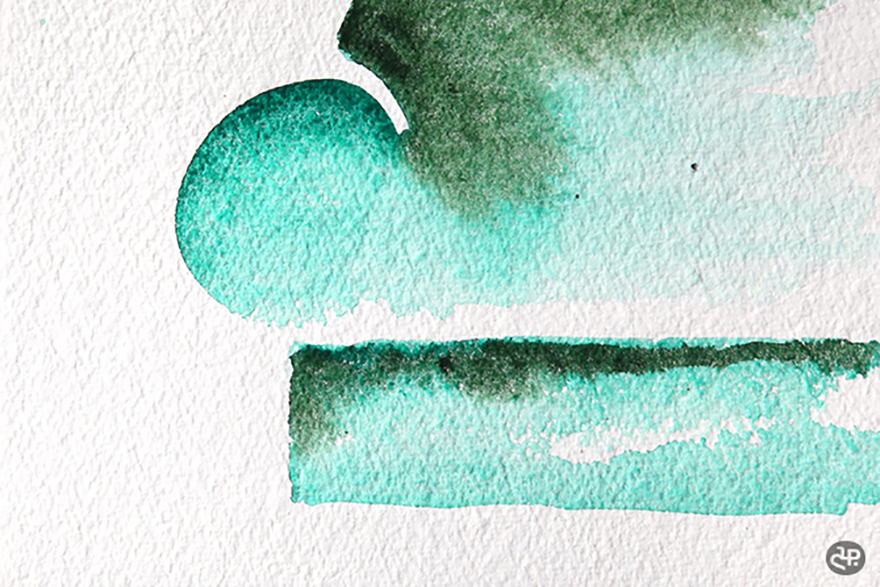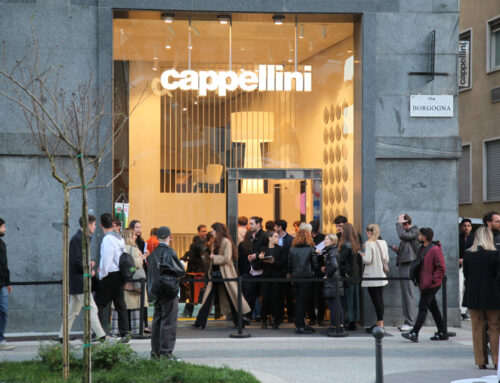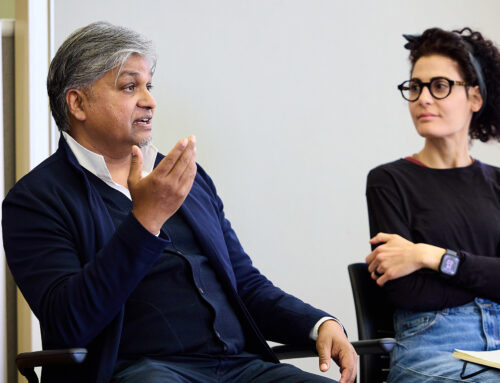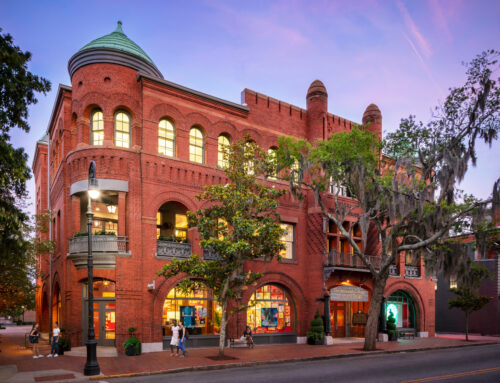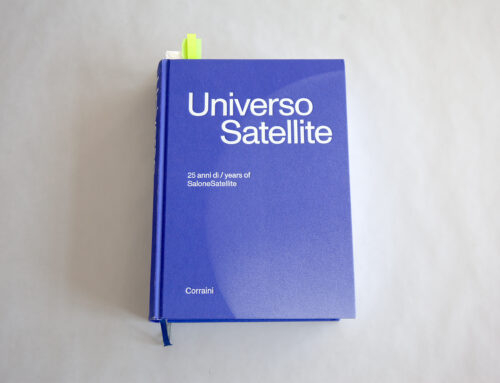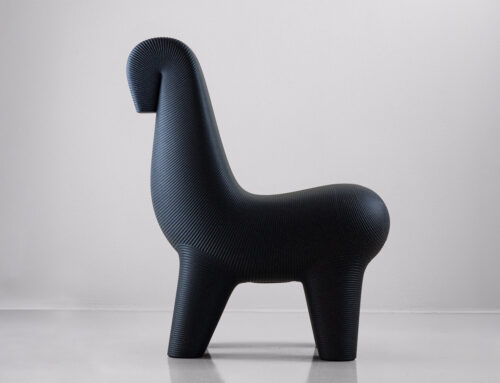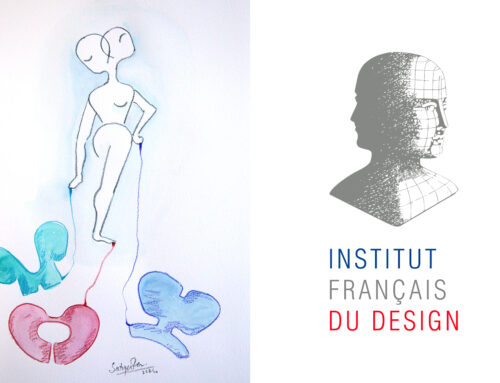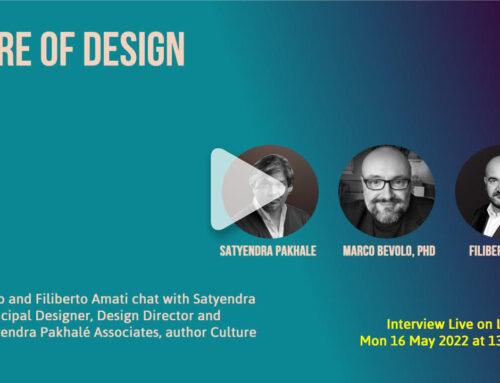3 / What are the sensorial qualities of objects and spaces capable of involving all human sensorial aptitudes at once?
Prof. Tonino Griffero: Given an ongoing and dynamic striving inhabiting our felt-body and the sensory-motor communication with objects, every our sensation of the immediate appearances elicits, through a felt-bodily resonance, a real response. Unmetaphorising the polymodal atmospheric character (sharp noises, bright sounds, sweet events and cool colours, etc.), we must take the synaesthetic nature of atmospheres seriously. The atmospheric coldness of an environment – due to the type of furniture or sound quality, the colour of the walls or the temperature, the unlived order, the placement of the lights, the sound of the voice of those who are there and so on – is thus not explainable only by means of the lexicalization of the metaphor. It expresses an emotional and felt-bodily involvement, which cannot be traced to discrete cause-stimuli nor to the merging of the five specific senses, nor to the addition of an extra sense, nor even to an extrinsic faculty of association.
So an object expresses emptiness and sadness, for example, because it is precisely in this way that it acts on the felt-body. Obviously, the atmosphere of an object also derives from social-symbolic characters, as well as from other multiple relationships. But the atmospheric impressions suggested by objects, far from being intellectual syntheses of associative processes, or performances of a higher (common) sense in which converge the others (with which the unresolved problem of mediation would arise again, taking place now among the other senses and this sixth sense), or arbitrary sensory trespassings, they are rather sensible qualities and meanings immanent to the object.
Every atmospheric production must therefore be aware that synaestheticity is an originary psychological phenomenon, deeper and even more regular than ordinary perception, that it is the (unfortunately forgotten) rule of our experience, because the form of objects is not their geometrical shape but it appeals to all our other senses as well as sight (Maurice Merleau-Ponty). In the very common activity of haptically seeing, for example, we usually find a general tactile voyeurism, according to which even our taste, smell and touch have “eyes”, just as, conversely, the eye can certainly touch as well (Ludwig Klages). There is, in fact, something tactile in every perception, because it makes us “touch” what in the world is substantial and perceptible. Design must not forget that touch determines the mode of being of all that is (Eugène Minkowski). Escaping here the predictable objection of a pathetic fallacy (Ernst Gombrich), atmospheres turn out to be similar, also in their synaesthetic nature, to characters, expressive or tertiary qualities and lived essences in Klages’ sense (who calls them “images”): they are so immanent to the experienced facts and objects that they constitute a reality independent of conscience and certainly not projectively externalised ingredients. In short, to feel the atmospheric always means to co-perceive (precategorically, synaesthetically, kinaesthetically) our affective felt-bodily situation and to ascertain how we feel in a certain place.
The atmospheric potentiality of objects arises especially from the charm of materials, also of their affordances. For instance, in an object there can be a warm atmosphere in which rusticity and genuineness invite us to rest close to it, or there can be a cold atmosphere, in which anonymity and serial production suggest, instead, to walk through it rapidly without any contemplation and with the sole purpose of the use. Why do we otherwise almost always prefer, just to make a simple example, a wooden object to a plastic or metal one if not for its warm atmosphere? If not for its ability to evoke thus, for example, life (the tree with its roots), peace (the slow and regular life of the tree), strength (under large trees we feel protected), sensuality (suggested both by touch and by smell), industry (which urges us to do something), charm (also hypnotic, of its veins, for example) and the past (almost as if the wooden object preserved the memory of past environments)?
In this sense, accessing a place or an object means moving to a (polysensorial-atmospherical) different world. Today’s polysensorial marketing brings also to light the difficulties that would be met by anyone who tried to analyse atmospheres without resorting to the felt-body. In fact, it is evident that, ultimately, a place or object is warm and welcoming only because it expertly produces – thanks to (synaesthetic) cultural and natural characters such as temperature, brightness, smell, voicing, materials used, etc. – an atmospheric suggestion over the perceiver’s felt-body.
And one should not delude oneself into thinking that one can contrast the atmospheric effect with the function, taking as a rule the fact that what, by ageing (instead of simply wearing itself out) loses its function is compensated by an increasing atmospheric power. There are no rules: the good design of an object can be as atmospheric as something openly dysfunctional, such as even the famous “coffeepot for masochists” (Donald Norman). From good design – not only founded on the behavioural and reflexive aspect but also on the ‘visceral’ one, largely referable to what we could define as pre-cabled mechanisms – to atmosphere, the distance is very short indeed. It’s important not to reduce the affordances to their practical and functional significance: pleasing objects, for example, enable you to work better (Donald Norman) but also to feel and understand the world better.
I will repeat: the charm of materials lies largely in their atmospheric potentiality. Being true passive syntheses, the perceptions of materials are integration processes proposed by the materials themselves, suggested by the allusive capacity or the hidden imagination both of the materials themselves (we don’t forget the Gaston Bachelard’s suggesting researches) and of their interaction with one another: in fact, they react with one another, so arriving at an unique irradiation (Peter Zumthor). Here is something that has not yet been studied sufficiently, at least from the phenomenological point of view. We are beginning to recognize in the object, and in the material it is made of, not only the passive reflection of unfulfilled desires, but a quasi-subject whose point of view regards me and provokes me. The woodiness of the icon is, in fact, sometimes the indispensable sign of imperfection referring to transcendence and sometimes, in the case of a contemporary installation, probably the concretistic and anti-fictional compensation of an era universally launched towards fiction. However, whether you use them for their anonymous character (masonite, cement, plastic) or for their symbolic meaning (wood, marble, steel), it is a fact that the choice of materials always exceeds the functionalist-engineering dogma, namely that such choice aims at the quality of appearance (Gernot Böhme), from which it is hoped that the desired atmosphere can pour out. Materials are in fact bearers of magical messages and contribute significantly to the atmospheric power of the environment, enhancing sometimes even the outside (the appearance aroused) at the expense of the inside (the substances actually used).

Tonino Griffero is professor of Aesthetics at University of Rome Tor Vergata, Italy, and director of the Master “Comunicazione estetica e museale” at Scuola IAD, Univ. di Tor Vergata-Galleria Nazionale d’Arte Moderna in Rome. Director of “Sensibilia. Colloquium on Perception and Experience” , “Lebenswelt. Aesthetics and Philosophy of Experience” and “Atmospheric Spaces. Aura, Stimmung, Ambiance”. Member of the Guaranty Committee of SIE (Società Italiana d’Estetica), member of the Scientific Committee of “Estetica. Studi e ricerche” (Luciano Editore), Aesthetica Pre-print (Palermo), “Atelier delle immagini. Semiotica del visivo” (Zel Edizioni), “Ambiances. International Journal of sensory environment, architecture and urban space”. He is editor of “Percezioni. Estetica & Fenomenologia” (Christian Marinotti Editore, Milano).

Tiziana Proietti (1983, Rome, Italy) An architect with a Ph.D. In Architectural Design, Tiziana Proietti gained her doctorate at the Sapienza University of Rome in collaboration with the University of Technology TU Delft in 2013 and is currently Professor at the University of Oklahoma, USA. Her research activity explores human perception in architectural spaces with a special focus on the relationship between the senses and the cognitive value of proportion. After a decade of studies on proportion in architecture, Proietti is currently developing her research by connecting neuroscience and architecture in collaboration with the Salk Institute in San Diego and the SPaCE Lab at the University of Southern California. In 2013 she worked as a researcher at Satyendra Pakhalé Associates where she cultivated her interest in the historical and theoretical roots of sensorial design.
